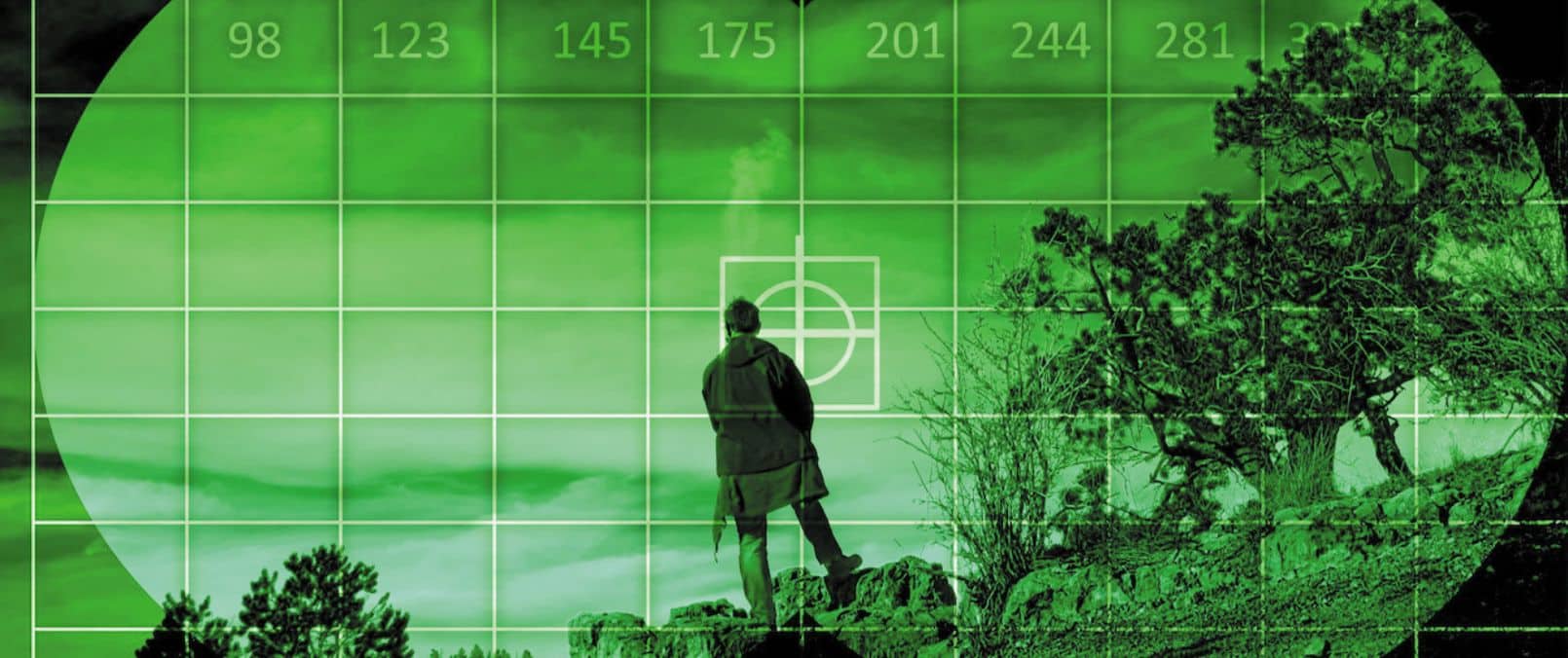How does our brain organize thousands of images that flood our retinas each day? That’s the question that scientists from the University of California, Berkeley, sought to answer by creating the first interactive map of how the brain organizes these groupings.
The result is what researchers are calling “a continuous semantic space.” Up to now, the scientific community thought that each category of object or action humans see (people, animals, vehicles, movements) is represented in a separate region of the visual cortex. The study by the Berkeley team, however, shows that these categories are actually represented in highly organized, overlapping maps that cover almost 20% of the brain, including the somatosensory and frontal cortices.
A clearer understanding of how the brain organizes visual input could help with the diagnosis and treatment of brain disorders. It could also help create brain-machine interfaces.
“Our discovery suggests that brain scans could soon be used to label an image that someone is seeing, and may also help teach computers how to better recognize images,” said doctoral student Alexander Huth.
Source: http://newscenter.berkeley.edu/2012/12/19/semanticspace






